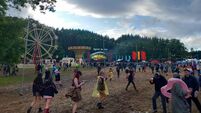Cork Opera House - 12 momentous nights: Dickens, Ella Fitzgerald, Cillian Murphy...
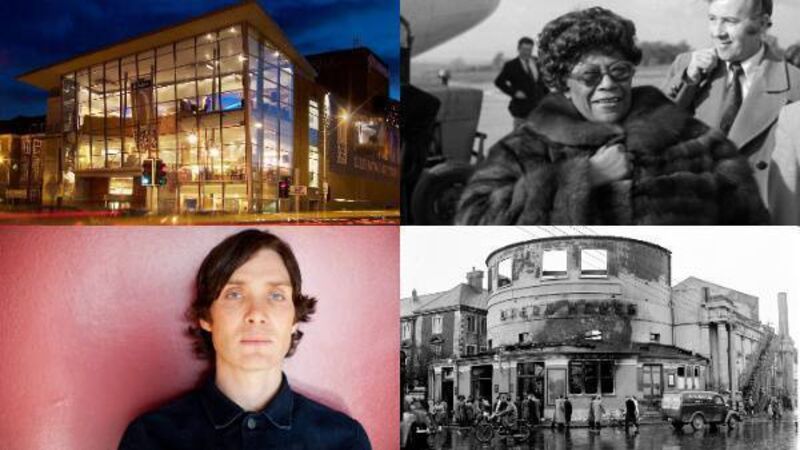
Cork Opera House is currently marking 170 years. Cillian Murphy and Ella Fitzgerald are among the stars who've taken to the stage of a venue that was rebuilt after being destroyed by fire in 1955.
The official opening of the Athenaeum takes place at Emmet Place. ‘Athenaeum’ was a name commonly used for libraries or places of study, and the early incarnation of the Opera House hosted lectures, as well as balls and other cultural events. The building later became known as the Munster Hall, and a major refit by O’Flynns builders in 1877 marked its emergence as the Opera House. The Cork Examiner opined after opening night that “the acoustic properties of the theatre, tested from all parts of the building, were found to be perfect”.
By the time Charles Dickens arrived in Ireland for a tour in 1858, he was already an internationally-renowned figure, not least for writing A Christmas Carol, published five years previously. That book formed a major part of his three readings at the Athenaeum, just a short walk from his accommodation at the Imperial Hotel.
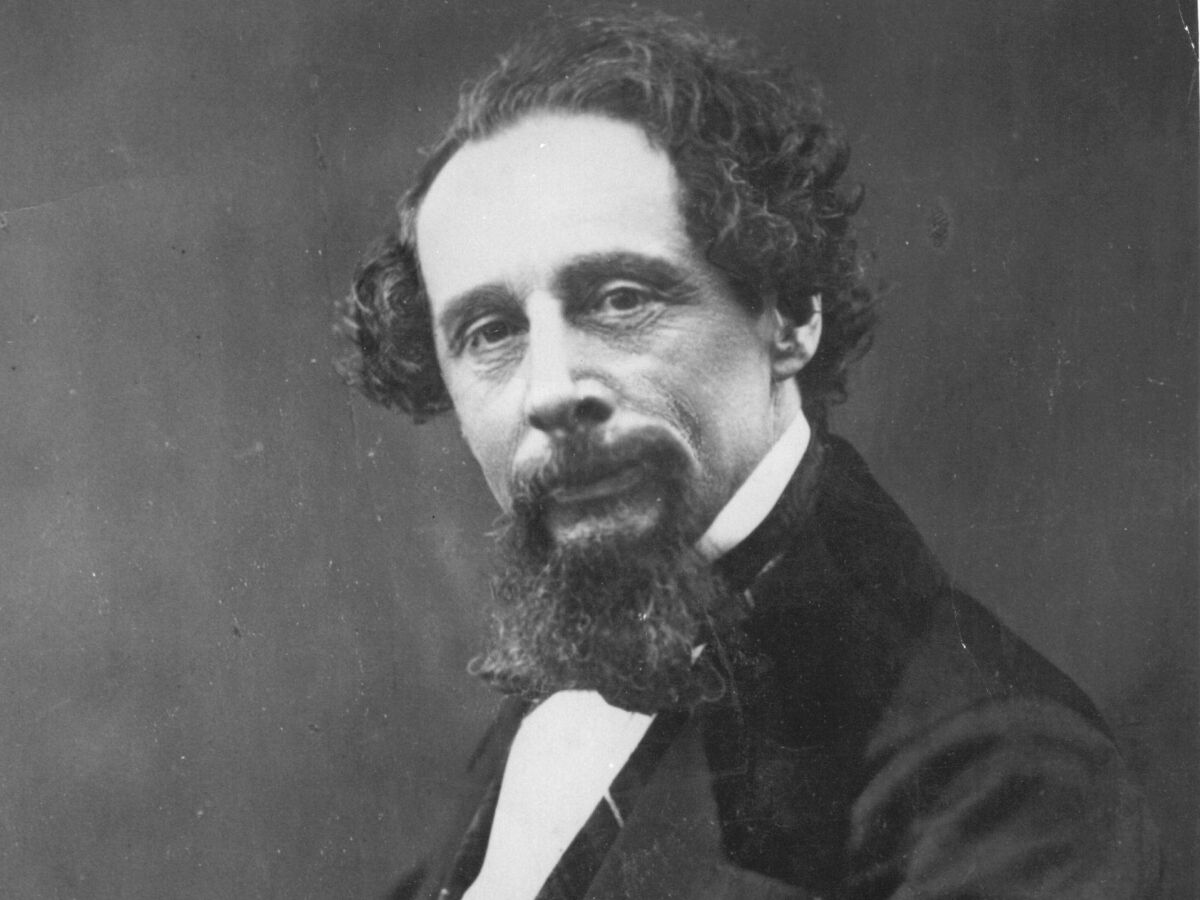
The Examiner reviewer who attended one of the two-hour readings reported how an enraptured audience were entertained by the 56-year-old. “Mr Dickens is a consummate actor. His voice is full and mellow – strong without being noise and of most versatile quality… All these aids are combined to make Scrooge more miserly, hard and exacting; his nephew more good humoured and forbearant.”
The feeling was mutual. Dickens wrote about his time on Leeside: “Cork was an immense success. We found upward of a thousand stalls let, for the three readings. A great many people were turned away too, on the last night.”
The collaborations of WS Gilbert and Arthur Sullivan emerged as a major force in musical theatre in the 1870s, and Cork audiences were even treated to visits from the D'Oyly Carte Opera Company, the dedicated company which the composers were involved in.
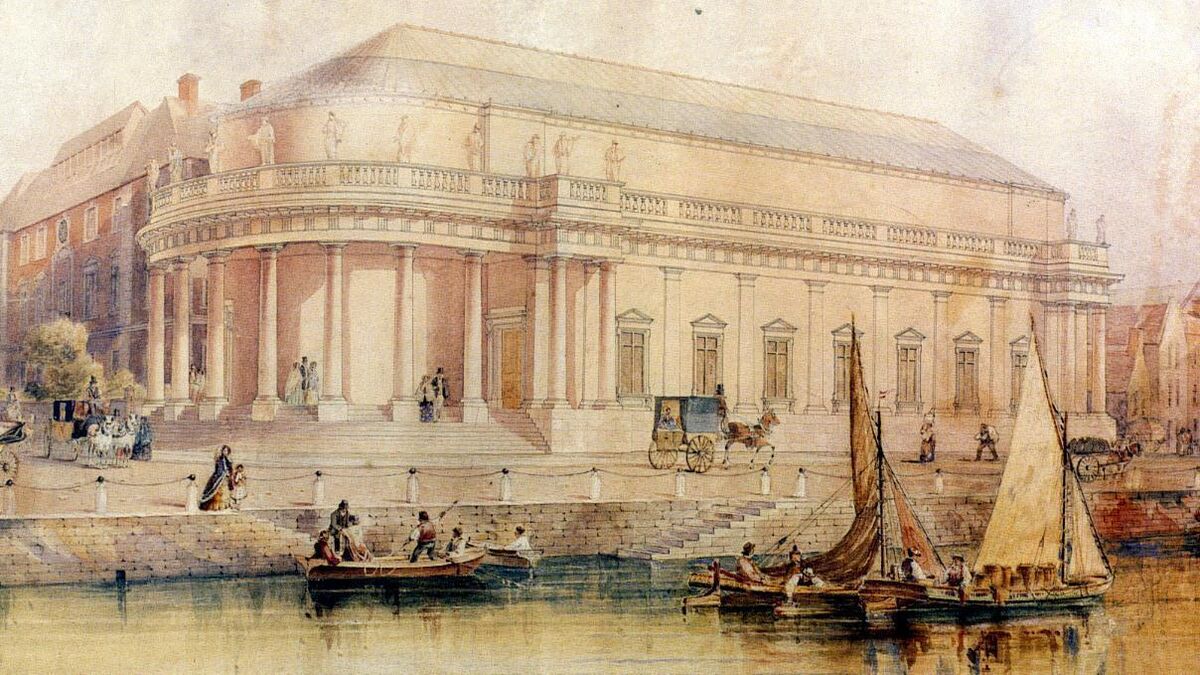
This newspaper’s reviewer stated: “The cordial reception with which the opera was greeted, it seems that Mr Sullivan's music and Mr Gilbert's well-written songs and witty dialogues composing the opera, have already made a favourable impression in Cork.”
As noted by Alicia St Leger and Kieran McCarthy in their Opera House history book, Memories & Melodies, Cork soon went “Pinafore-mad”. Lines from the popular favourite were widely quoted, and a row of houses on Military Hill was even named Pinafore Villas. The buzz around Gilbert & Sullivan also inspired local theatre buffs to create their own company.
Now referred to as the ‘world’s first celebrity’, the French stage star was one of the most renowned actresses of her generation. Recorded by Thomas Edison, a friend of the likes of Victor Hugo and Alexandre Dumas, she was also a smart business woman in an era when female earning power was severely limited.
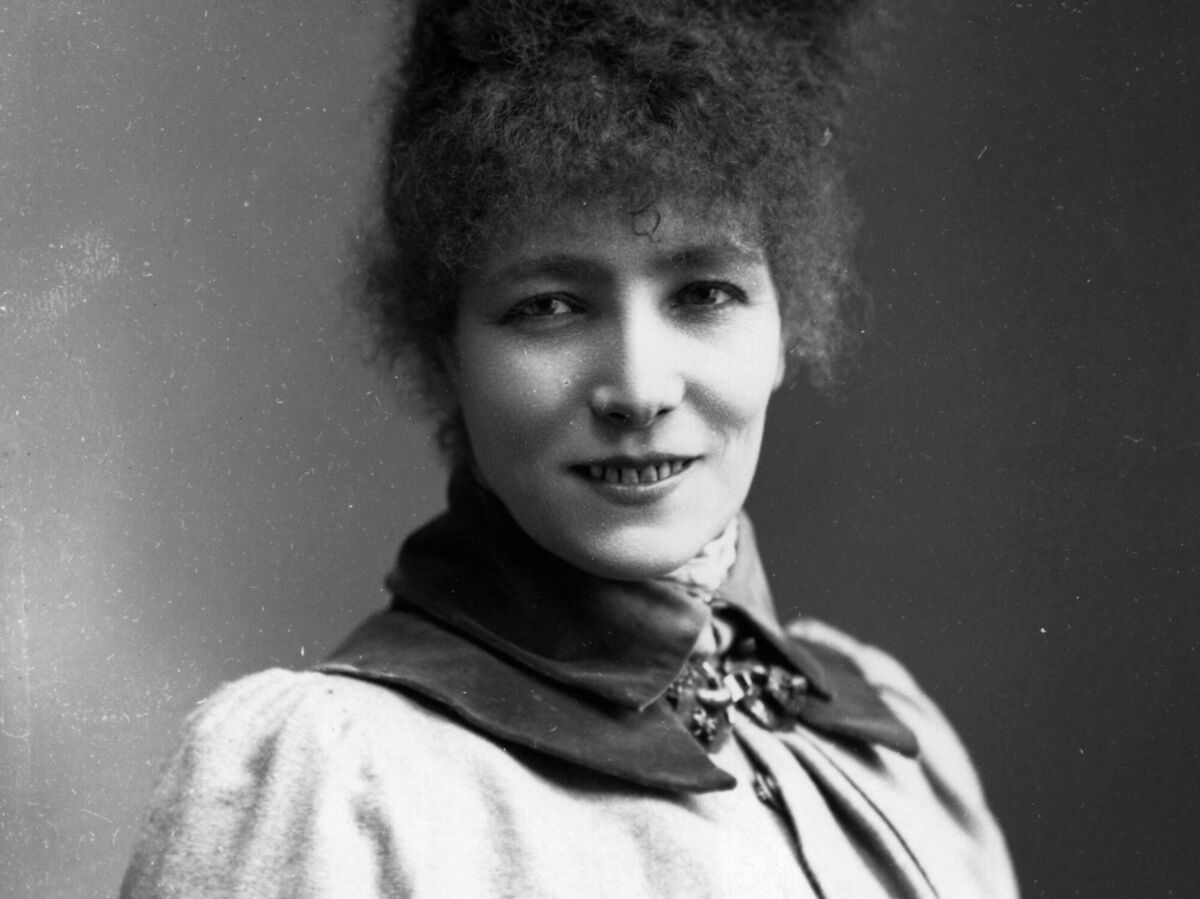
Bernhardt always insisted on being paid in cash, and her famous money chest was presumably rather full when she stopped off in Cork after crossing the Atlantic following an American tour.
Her liner City of Richmond was delayed on its trans-Atlantic journey, and the 42-year-old’s late arrival in Queenstown (Cobh) meant she was immediately brought up the River Lee in a tug that dropped her off on the quay near the venue, resulting in the first performance being delayed by an hour.
The long wait didn’t seem to have coloured her reception in Cork on a warm summer evening. “The more we see of Sarah Bernhardt the more emphatically is the opinion recorded that she is without peer in her profession, standing absolutely alone and unrivalled,” wrote this newspaper after her performances of French plays La Dame aux Camélias and Fedora.
The Kildare-born explorer was only half-way through his polar adventures by the time he presented a lecture in Cork, but had already attained quite a reputation. Barely six months before he climbed onto the Opera House stage, he had returned from the Nimrod expedition which had seen him establish the ‘furthest south’ record when he and two companions came within about 100 miles of the South Pole.
Though that expedition had boosted his reputation and earned him a knighthood, it had left Shackleton struggling financially, forcing him into a relatively lucrative lecture tour. The Cork Literary and Scientific Society hosted the Opera House date, and the explorer’s gripping account was accompanied by images from the expedition projected on a screen. Ernest was well used to this ‘magic lantern’ technology as his cousin Jane Shackleton had been a pioneering photographer in Ireland, and had embarked on lecture tours of her own many years’ previously.
The Cork audience — which was reported as one of the largest ever seen in the city for such a lecture — was treated to a personal account of the incident-packed adventure. “That’s how far we got,” Shackleton told the crowd as he pointed to a map with the momentous 88.23 point of latitude marked on it, before slightly moving his pointer. “And that’s the South Pole. You have seen as much of it now as anyone else has seen.”
Jack Doyle may have been disqualified from his British heavyweight title bout against Jack Peterson before a huge crowd in London in July 1933 but the Cobh-born boxer was still given a hero’s welcome on his return to Cork. Thousands lined the streets as he made his way from the train station to the Opera House to prepare for that night’s show.
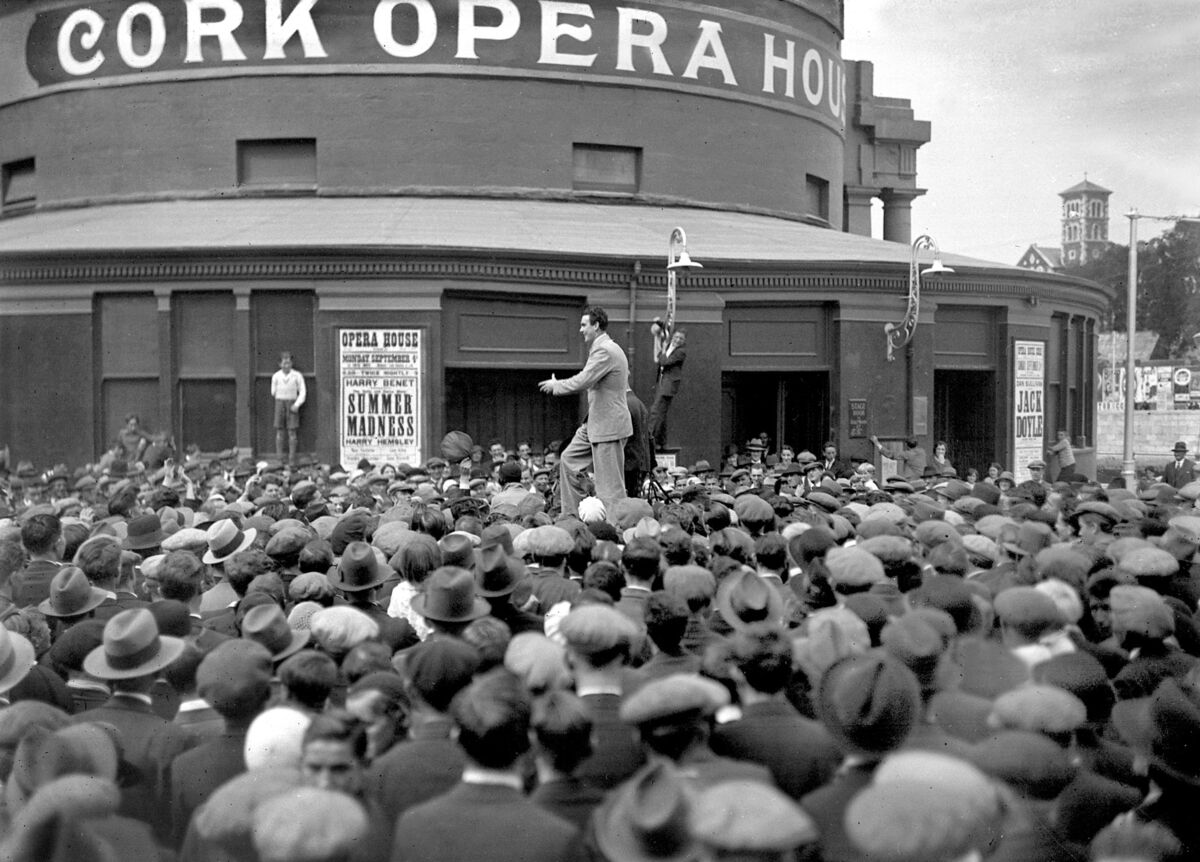
A troubled individual, the ‘Gorgeous Gael’ was still only 19, but had taken a break from boxing in the aftermath of the White City defeat and was touring as part of a vaudeville troupe. "I hope to return heavyweight champion of the world," he told the adoring crowd outside the venue. That evening, he showed off his singing prowess on standards such as Where The River Shannon Flows and Mother Machree.
While big-name entertainers visited the Opera House throughout the 1970s, the real success of that era was a home-grown variety show. Originally staged in 1971, when that first show was written by theatre stalwart Michael Twomey, the Summer Revels turned into an annual fixture on the Cork theatre calendar for 21 years.
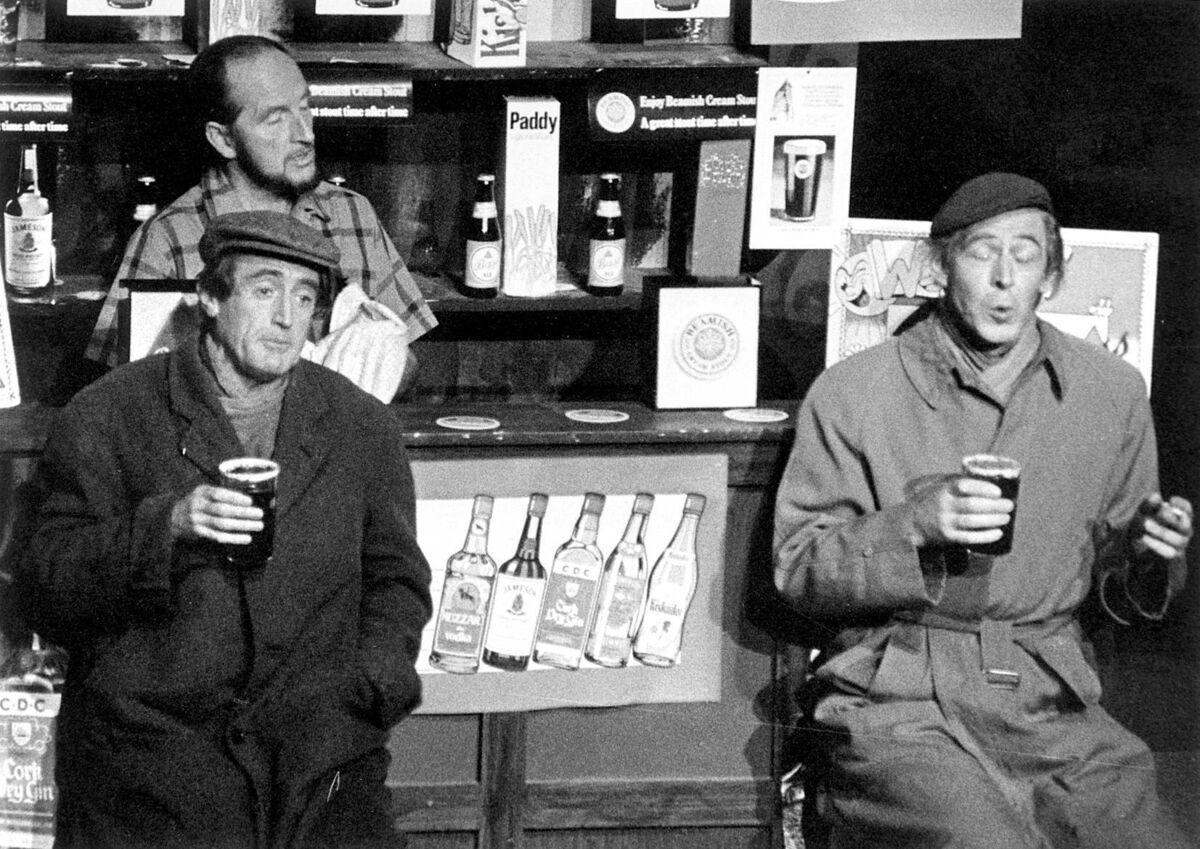
Sold-out runs of upto eight weeks provided a welcome boost for the venue’s coffers, and regular employment for local heroes such as Billa O’Connell, Paddy Comerford, Frank Duggan (Twomey’s partner in iconic comedy duo Chah & Miah), and the chorus from the Montfort College of Performing Arts.
The Opera House has hosted many legendary names for the Cork Jazz Festival, but none bigger than Ella Fitzgerald. The First Lady Of Song performed two shows in one evening for the 1980 event.
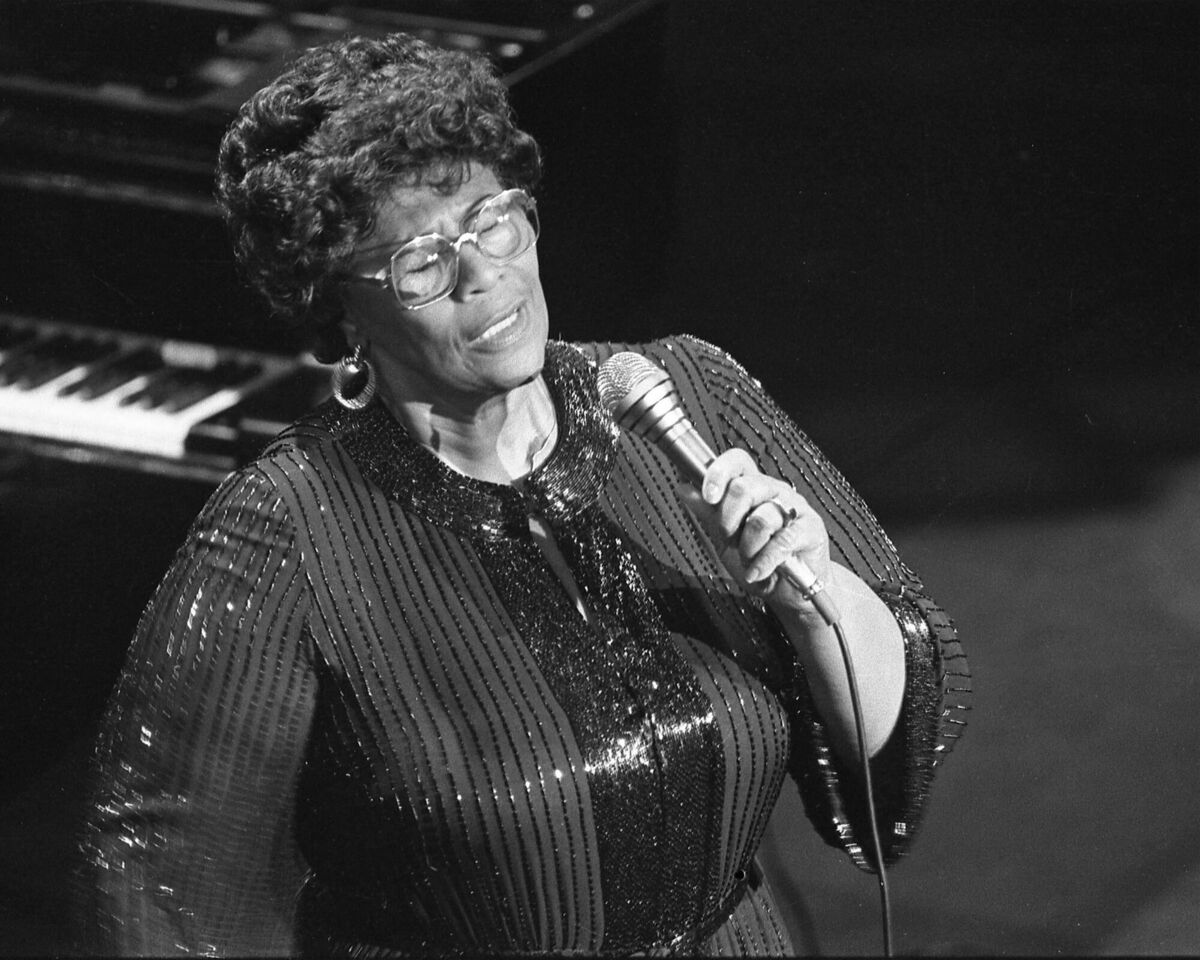
“When she went on stage, she gave it her all,” recalled Pearse Harvey, the Irish Examiner jazz writer and festival co-founder who had accompanied Fitzgerald from London. “She was quite old by then [63], but you could still see that she really had something special. She also had a really good rapport with the audience and they loved her.”
Other jazz greats to play the venue through the decades include Buddy Rich, Dizzy Gillespie and Herbie Hancock.
Cork’s famous son has tread the boards of the Opera House on several occasions, but he had actually performed in the building before he became known as an actor.
As a teenager in 1996, the Ballintemple native’s Sons of Mr Green Genes group were the house band at Cabaret DeLuxe club event on Sundays in the Half Moon room, behind the main stage. Perhaps their standout moment came in June when reggae legend Horace Andy joined them for an impromptu session after he had finished his gig with Massive Attack in the larger room.
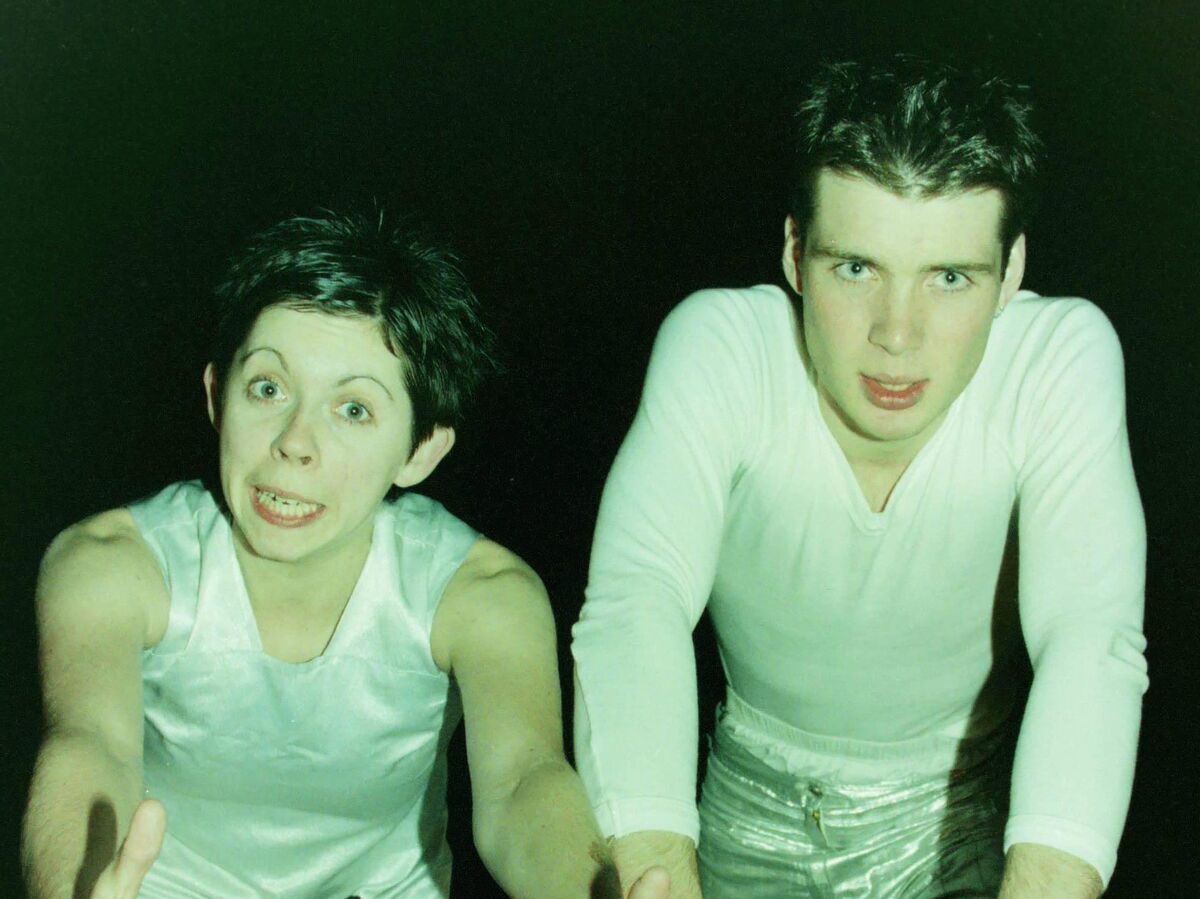
Murphy’s breakthrough play Disco Pigs premiered at the Triskel in 1996, but by the time it returned to his home city in November 1997, the future Oscar winner and his co-star Eileen Walsh needed a bigger venue, so the Opera House hosted the new run. The Emmet Place venue was also the setting for the Irish premiere of the film version of Disco Pigs in 2001, and Murphy returned again in 2014 as part of another Enda Walsh play, Ballyturk.
Arguably the world’s greatest living composer, Steve Reich came to Cork in 2011 for a festival in honour of his 75th birthday. It was the sort of ambitious event you’d expect to see in New York or London rather than a small city in southern Ireland, and was all the brainchild of then Opera House CEO Mary Hickson. As well as performances by top ensembles of the minimalist master’s pieces, Reich also took part in a public interview at the Opera House.
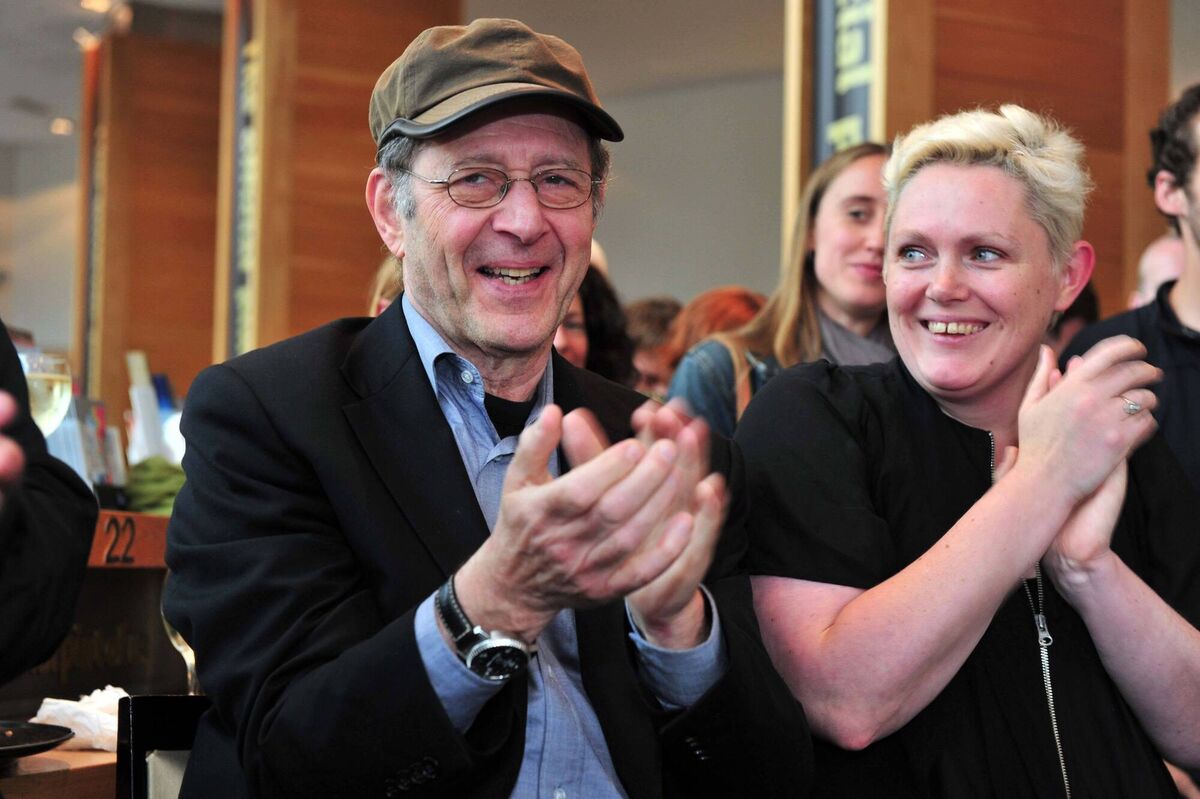
Hickson reflected later: “Music for 18 Musicians with Steve Reich in the house was a definite highlight for me. I had a ‘Wow, we did it moment’ for a couple of reasons: one being it is one of my favourite pieces of music by one of my favourite composers and the second was that it marked a pretty major programmatic turning point for the audience during my tenure as CEO there.”
When US band The National took to the Opera House stage in September 2017, it was more than just another gig for the band. The Cincinnati group had played in Cork in their early years, and had formed a special bond with the city that resulted them collaborating with ex-Opera House CEO Mary Hickson on creating Sounds From A Safe Harbour in 2015.
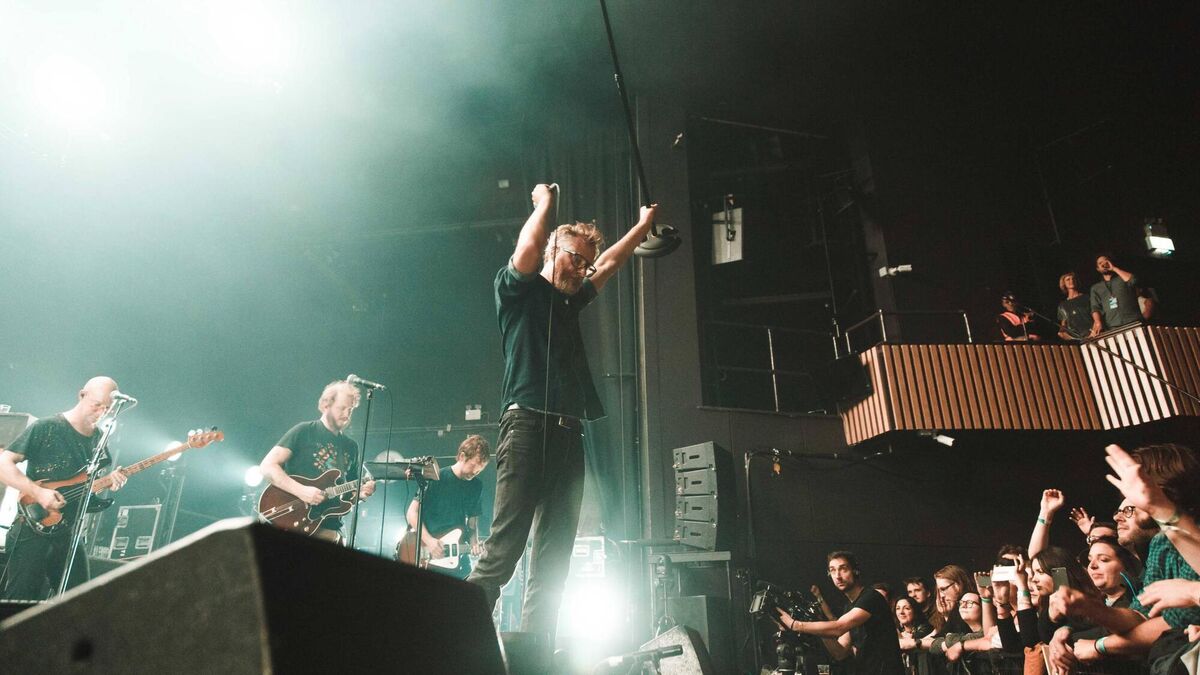
Since run as a biennial event, SFSH has a different feel from ‘regular’ music festivals, with an uncommercial, collaborative ethos for the musicians involved. In 2017, Bon Iver made magic from the stage on the Friday of the festival, followed by a blistering gig from The National on Saturday.
- A black-tie concert will take kickstart the Cork Opera House 170th anniversary celebrations on Saturday, March 22. A number of performers will mark the decades at the venue through music, opera, comedy, theatre and dance. See www.corkoperahouse.ie.
The centenary year of the Opera House turned more momentous than anyone could have imagined when an electrical fault caused a major fire that destroyed the original building.
After an initial period of despair at the loss of their beloved institution, local people got behind a fundraising campaign for a replacement, partly organised by members of the Crosbie family, proprietors of this newspaper at the time. Eventually, the new building was opened by President Éamon de Valera on October 31, 1965.
Below is the account of the fire, likely written by the unnamed Examiner reporter from the newspaper’s Academy Street offices nearby.
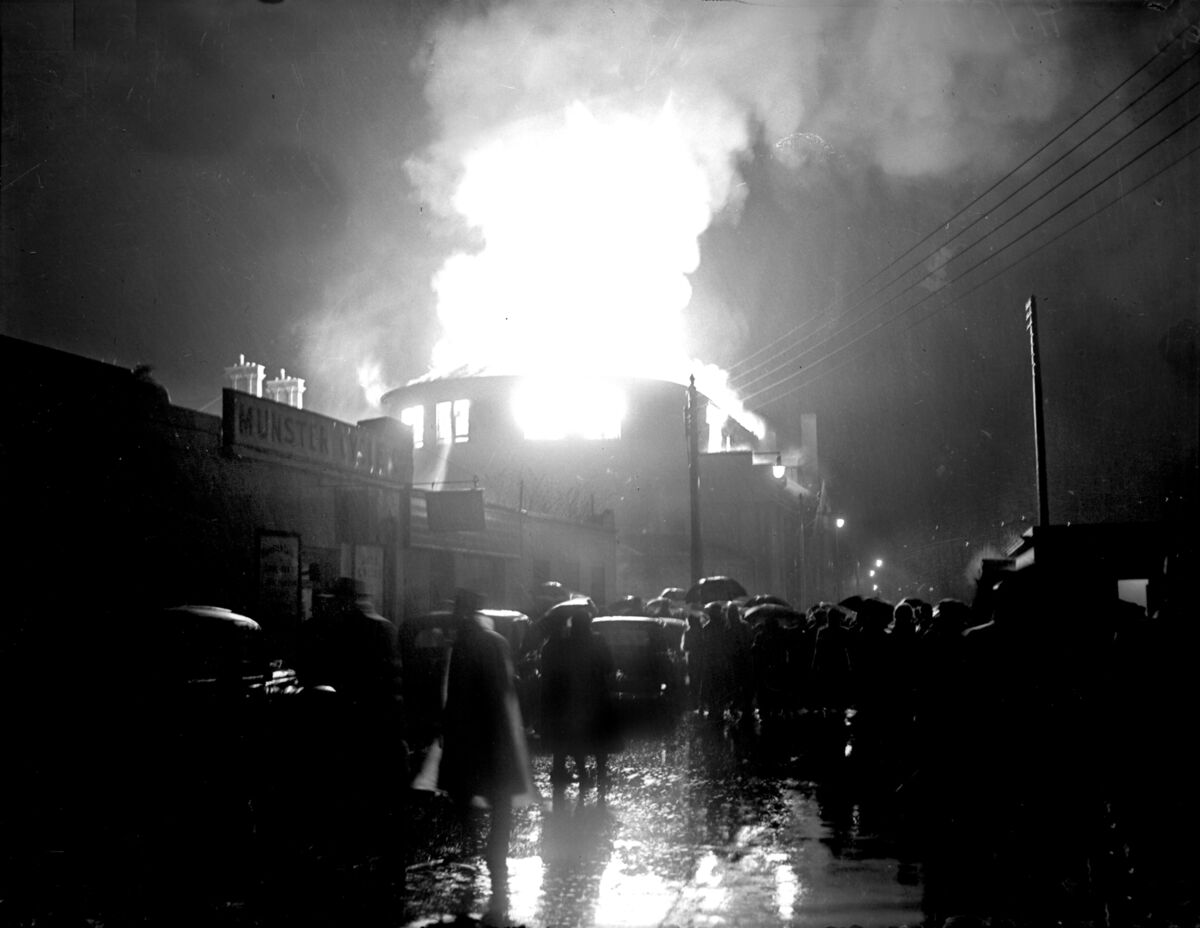
(Cork Examiner, Tuesday, December 13, 1955)
The final curtain has fallen. The Cork Opera House is no more. A 100 years of stage history has come to an end.
Never had the last moments of any drama played on this stage such an audience as last night's farewell one. In heavy rain, a vast crowd stood silently as flames enveloped a proud landmark in our city. They watched it from the short first burst of fire on its roof until the building crumbled before their eyes.
They watched, too, the firemen's fight to prevent the blaze from spreading to the nearby Cork School of Art and to the buildings in Half Moon Street. At the time of the outbreak members of the cast of the pantomime,
Sleeping Beauty, including a number of small children, were engaged in rehearsal, but all were safely shepherded out of the building. A number of firemen received slight injuries.
The prelude to the final act started at 7.45pm. The theatre was closed in preparation for the annual pantomime. In the old upper circle bar the principals of the pantomime cast had gathered together for a full rehearsal under the direction of Mr James Stack, the well-known Cork producer. On the stage proper were the remainder of the cast, including the Tiny Tots, with their teacher, Miss Eileen Cavanagh. At the piano was Mrs Ogden.
Someone noticed the smell of smoke. It was in the words of Mr. Stack, "as if a cigarette were smouldering." A search was made. It proved futile. The rehearsal then went on, but the smell of smoke persisted. Then the heat was felt. The cast knew with certainty now that this rehearsal would never finish.
A few brief commands from the Opera House manager, Mr VV G Twomey, and others, and evacuation of the cast began. There was no panic. This was the end of the prelude.
The drama proper had begun. Passersby noticed that the roof was on fire Cork Fire Brigade and Gardai were quickly on the scene, but soon it was evident that they were fighting a lost cause.
The roof became a blazing inferno. There were explosions as the walls fell in. The fire spread to the dressing-rooms and the make-up department, and soon these, too. were enveloped.
The Cork City Vocational Education Commif.ee. under the chairmanship of Right Rev Mgr J Scannell, P.P V.G DD, Dean of Cork, was holding its meeting in the nearby School of Art when it was announced that the Opera House was on fire, The meeting quickly broke up, and when it soon became obvious that there was danger to the school itself, the committee members, teachers and pupils lent a hand in the removal of equipment.
Firemen made their way into this building, and played hoses from the upper floor of the school on to the roof of the burning building on the other side of the laneway.
The flames were now spanning Half-Moon Street, and, as the Brigade hosed the walls at this end of the Opera House, members of the staff began evacuating vans and paper stocks from the garage of this newspaper.
Showers of sparks fell on the quayside or were carried on to the roofs of houses in the vicinity, but fortunately, the combination of the heavy rain and the firemen's hoses helped to prevent these too from becoming a blaze.
At one stage the position was so serious from the point of view of surrounding buildings being in possible danger, that the Fire Brigade called out their second shift.
Several of the fire-fighters received minor burns, but, fortunately, the St John Ambulance Brigade had eight men on duty to deal with these minor casualties. No serious injuries are reported. Gardaí, under Supt P Chambers, were present to control the large crowds.
Mr Twomey, the manager of the Opera House, had fortunately taken out money and other articles of importance from the office of the building before the fire got under way. The cause of the outbreak is not known.
At midnight the familiar building was but a smouldering ruin. Like the Terrys, the Bensons, Irvine and Hicks and Sir Harry Lauder, all of whom once trod its boards, it is now but a part of the history of the footlights. It was the best of Present and Past. It is now but the Past.


